SpringBoot通过Jedis整合Redis
1.pom.xml添加Jedis依赖
<dependency><groupId>redis.clients</groupId><artifactId>jedis</artifactId></dependency>
2.application.properties添加Redis配置
# Redis服务器地址spring.redis.host=127.0.0.1# Redis服务器连接端口spring.redis.port=6379# Redis服务器连接密码spring.redis.password=123456# 连接超时时间(毫秒)spring.redis.timeout=10000# 连接池最大连接数(使用负值表示没有限制)spring.redis.pool.max-active=1000# 连接池中的最大空闲连接spring.redis.pool.max-idle=500# 连接池中的最小空闲连接spring.redis.pool.min-idle=0# 连接池最大阻塞等待时间(使用负值表示没有限制)spring.redis.pool.max-wait=10000
3.注入JedisPool实例
import org.springframework.beans.factory.annotation.Value;import org.springframework.context.annotation.Bean;import org.springframework.context.annotation.Configuration;import redis.clients.jedis.JedisPool;import redis.clients.jedis.JedisPoolConfig;@Configurationpublic class RedisPoolFactory {@Value("${spring.redis.host}")private String host;@Value("${spring.redis.port}")private int port;@Value("${spring.redis.password}")private String password;@Value("${spring.redis.timeout}")private int timeout;@Value("${spring.redis.pool.max-active}")private int maxActive;@Value("${spring.redis.pool.max-idle}")private int maxIdle;@Value("${spring.redis.pool.min-idle}")private int minIdle;@Value("${spring.redis.pool.max-wait}")private long maxWaitMillis;//JedisPool的实例注入到spring容器里面@Beanpublic JedisPool JedisPoolFactory() {JedisPoolConfig poolConfig = new JedisPoolConfig();poolConfig.setMaxTotal(maxActive);poolConfig.setMaxIdle(maxIdle);poolConfig.setMinIdle(minIdle);poolConfig.setMaxWaitMillis(maxWaitMillis);JedisPool jedisPool = new JedisPool(poolConfig,host,port,timeout,password);return jedisPool;}}
4.创建Redis业务操作类
import java.util.List;import org.springframework.beans.factory.annotation.Autowired;import org.springframework.stereotype.Service;import com.alibaba.fastjson.JSON;import com.alibaba.fastjson.JSONArray;import redis.clients.jedis.Jedis;import redis.clients.jedis.JedisPool;@Servicepublic class RedisService {@Autowiredprivate JedisPool jedisPool;/*** 获取对象*/public <T> T get(String key,Class<T> clazz){Jedis jedis = null;try {jedis = jedisPool.getResource();String str = jedis.get(key);//将String转换为BeanT t = stringToBean(str,clazz);return t;}finally {if(jedis != null) {jedis.close();}}}/*** 设置对象*/public <T> boolean set(String key,T value){Jedis jedis = null;try {jedis = jedisPool.getResource();//将Bean转换为StringString str = beanToString(value);if(str == null || str.length() <= 0) {return false;}jedis.set(key, str);return true;}finally {if(jedis != null) {jedis.close();}}}/*** 设置对象,含过期时间(单位:秒)*/public <T> boolean set(String key,T value,int expireTime){Jedis jedis = null;try {jedis = jedisPool.getResource();//将Bean转换为StringString str = beanToString(value);if(str == null || str.length() <= 0) {return false;}if(expireTime <= 0) {//有效期:代表不过期jedis.set(key, str);}else {jedis.setex(key, expireTime, str);}return true;}finally {if(jedis != null) {jedis.close();}}}/*** 减少值*/public <T> Long decr(String key){Jedis jedis = null;try {jedis = jedisPool.getResource();//返回value减1后的值return jedis.decr(key);}finally {if(jedis != null) {jedis.close();}}}/*** 增加值*/public <T> Long incr(String key){Jedis jedis = null;try {jedis = jedisPool.getResource();//返回value加1后的值return jedis.incr(key);}finally {if(jedis != null) {jedis.close();}}}/*** 删除对象*/public boolean delete(String key){Jedis jedis = null;try {jedis = jedisPool.getResource();long ret = jedis.del(key);return ret > 0;//删除成功,返回大于0}finally {if(jedis != null) {jedis.close();}}}/*** 检查key是否存在*/public <T> boolean exitsKey(String key){Jedis jedis = null;try {jedis = jedisPool.getResource();return jedis.exists(key);}finally {if(jedis != null) {jedis.close();}}}/*** 将字符串转换为Bean对象*/@SuppressWarnings("unchecked")public static <T> T stringToBean(String str,Class<T> clazz) {if(str == null || str.length() == 0 || clazz == null) {return null;}if(clazz == int.class || clazz == Integer.class) {return ((T) Integer.valueOf(str));}else if(clazz == String.class) {return (T) str;}else if(clazz == long.class || clazz == Long.class) {return (T) Long.valueOf(str);}else if(clazz == List.class) {return JSON.toJavaObject(JSONArray.parseArray(str), clazz);}else {return JSON.toJavaObject(JSON.parseObject(str), clazz);}}/*** 将Bean对象转换为字符串类型*/public static <T> String beanToString(T value) {if(value == null){return null;}Class<?> clazz = value.getClass();if(clazz == int.class || clazz == Integer.class) {return ""+value;}else if(clazz == String.class) {return (String)value;}else if(clazz == long.class || clazz == Long.class) {return ""+value;}else {return JSON.toJSONString(value);}}}
5.测试缓存
import java.util.ArrayList;import java.util.HashMap;import java.util.List;import java.util.Map;import org.springframework.beans.factory.annotation.Autowired;import org.springframework.stereotype.Controller;import org.springframework.web.bind.annotation.RequestMapping;import org.springframework.web.bind.annotation.ResponseBody;import cn.com.app.redis.RedisService;@Controllerpublic class Test {@Autowiredprivate RedisService redisService;@RequestMapping("/test")@ResponseBodypublic void test() throws Exception {//普通类型redisService.set("key1", "hello");String str = redisService.get("key1",String.class);System.out.println("读取缓存普通类型:"+str);//Map集合Map<String,Object> map = new HashMap<>();map.put("name", "aaa");redisService.set("map", map);Map<String,Object> resultMap = redisService.get("map",Map.class);System.out.println("读取缓存Map类型:"+resultMap);//List集合List<Object> list = new ArrayList<>();Map<String,Object> map1 = new HashMap<>();map1.put("name", "bbb");list.add(map);list.add(map1);redisService.set("list", list);List<Map<String,Object>> resultList = redisService.get("list",List.class);System.out.println("读取缓存List类型全部元素:"+resultList);}}


























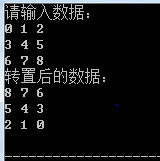
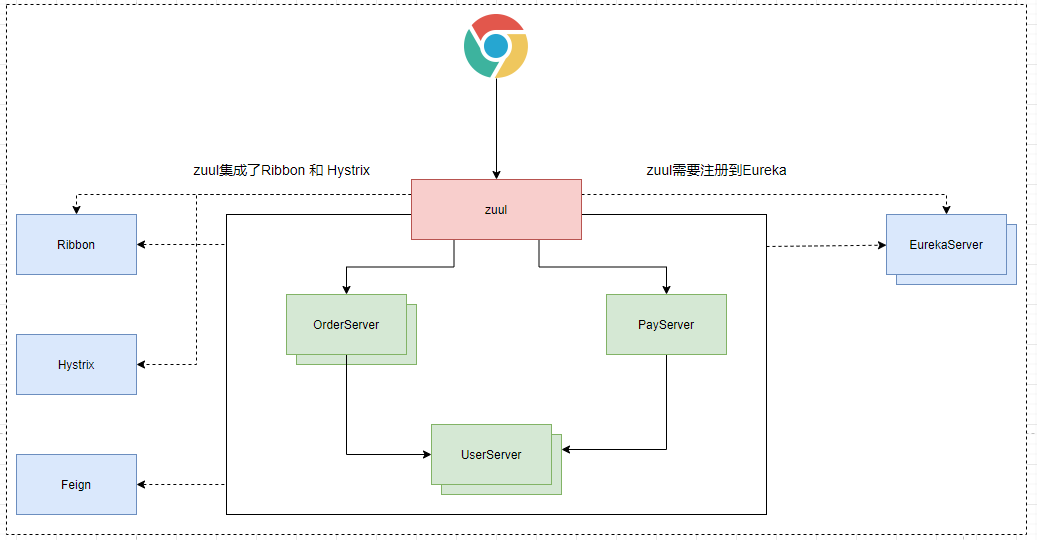
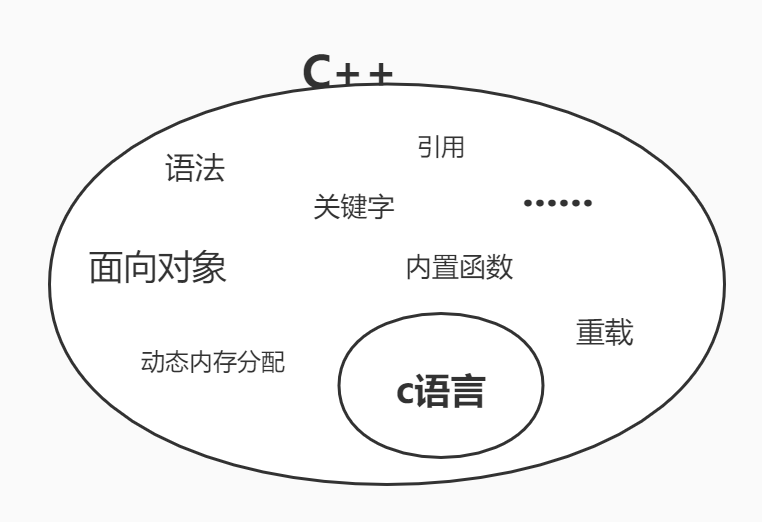

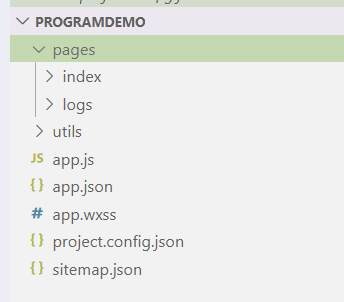
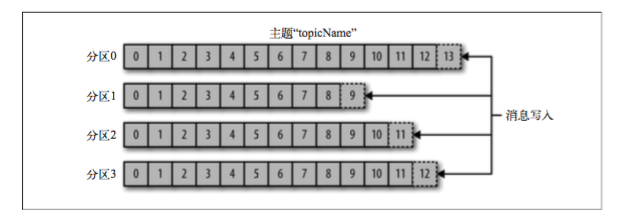



还没有评论,来说两句吧...